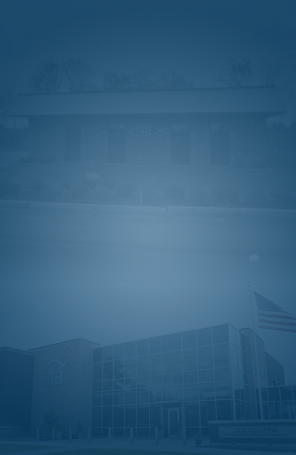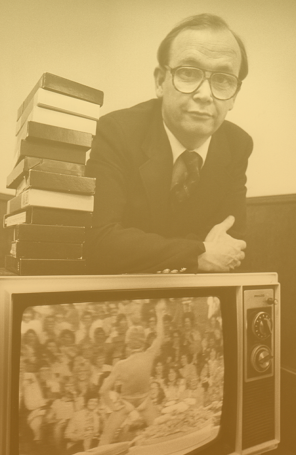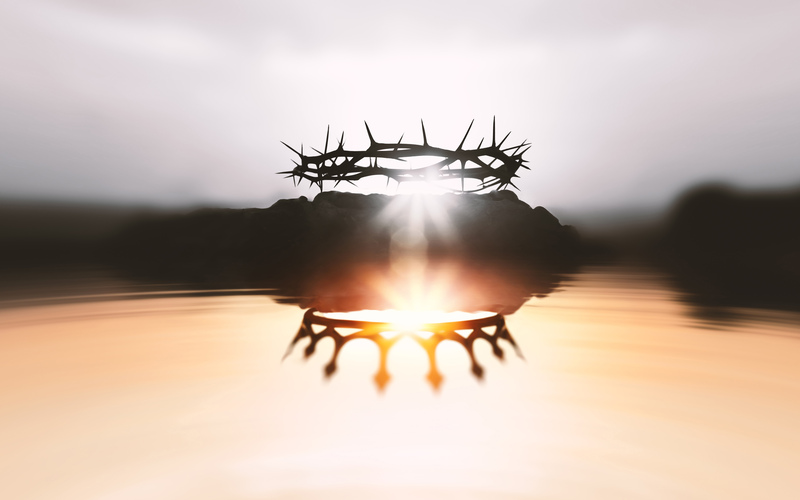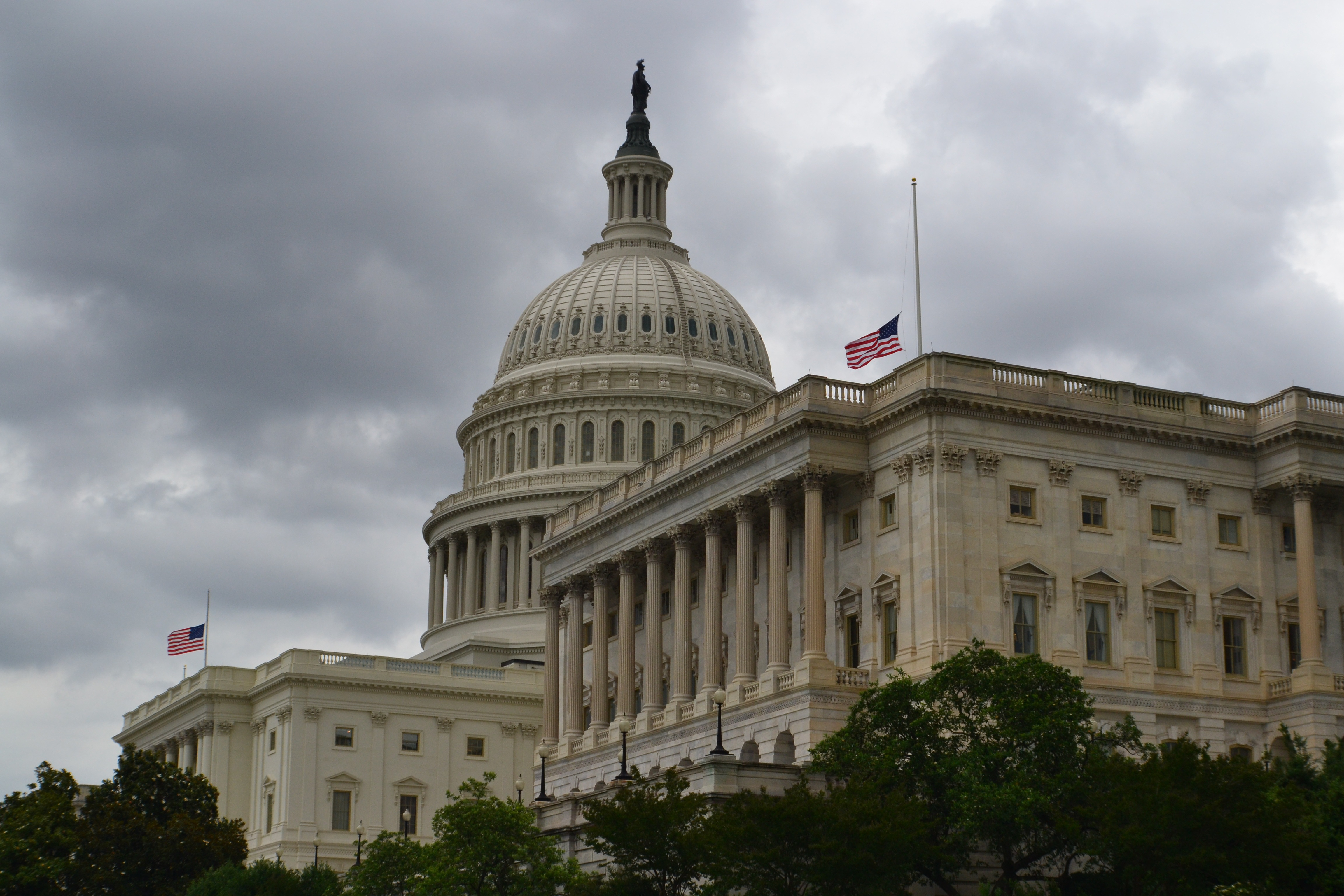The Good Old Days Reconsidered
Sign up for a six month free
trial of The Stand Magazine!
In the fall of 1962, I was 11 years old, and it had been quite a year. In August my family took a once-in-a-lifetime, cross-country vacation. We drove our chestnut colored Ford Fairlane 500 all the way from Tupelo, Mississippi, to Portland, Oregon, to see my dad’s best World War II buddy. On the way, we visited Yellowstone National Park and eventually drove from Portland to Seattle to the World’s Fair. You know, the Space Needle, the Alweg monorail, the World of the 21st Century … well, Google it.
But all that was far less important to this fifth grader than the fact that the New York Yankees had won the World Series by beating the San Francisco Giants. Just for the record, I can still name the Yankee’s starting lineup from that season … I think.
Game 7 ended on October 16 with a 1-0 victory for the Yankees. It was a Tuesday. But by the following weekend, the nation had largely turned from baseball to events far more ominous.
All I knew was that Russia, America’s archenemy, was threatening to bomb the U.S. Later, I would understand more about the 13-day period that the U.S. and the Soviet Union were locked in a confrontation that would bring the world to the brink of nuclear war.
Like a black and white snapshot in a seldom-viewed family photo album, one distinct memory of that time pictures me sitting at the end of a dark wooden church pew, Sunday morning, October 21. An older man wearing a white short-sleeved cotton dress shirt and smelling of cigars jingles coins in his pocket. My mother, the organist, plays quietly. The pews are packed; the aisles are full.
Ordinarily, church meant mouthing the same tired hymns, daydreaming about whatever sport was in season, drifting off during the sermon, and, in general, enduring an hour of mandatory quiet while secretly planning an afternoon of play.
But this was no ordinary Sunday. People I had never seen in church were among the standing-room-only crowd hoping to be rescued from the fear and horror that we had only experienced in movies like On the Beach.
Would the Reds drop the bomb near my house, or would they aim for a large city like Memphis? How long would it take the radiation cloud to blow to Tupelo? And, if my family took refuge in a fallout shelter, could my dog Sport come with us? That was my greatest fear.
Of course, the worst did not happen, and after a collective sigh, life returned to normal. Church attendance fell back to its previous unremarkable level. Within a year, New York Yankee right fielder Roger Maris, my hero, broke Babe Ruth’s 1927 record for home runs in a single season.
But below the surface, the tectonic plates of conflicting ideologies were rumbling.
Soon a president, two prominent Black civil rights leaders, and a presidential candidate would be assassinated; via the TV nightly news the nation would witness a military conflict in a small far east country in which over 58,000 Americans would die; traditional attitudes about marriage and gender roles and sex would be challenged and cause divisions in every segment of society, even within families; recreational drug use would become common; popular music would become a potent expression of social and political discontent; and nearly every week, citizens would hear news of rioting in major cities or on college campuses.
Americans asked if the end of America was near.
Half a century later, we ask the same question.

Sign up for a free six-month trial of
The Stand Magazine!
Sign up for free to receive notable blogs delivered to your email weekly.



















